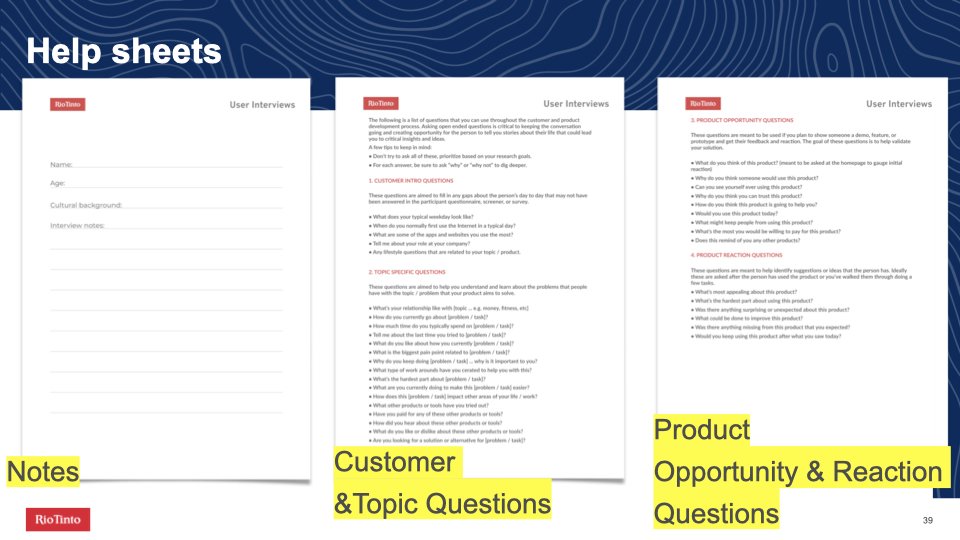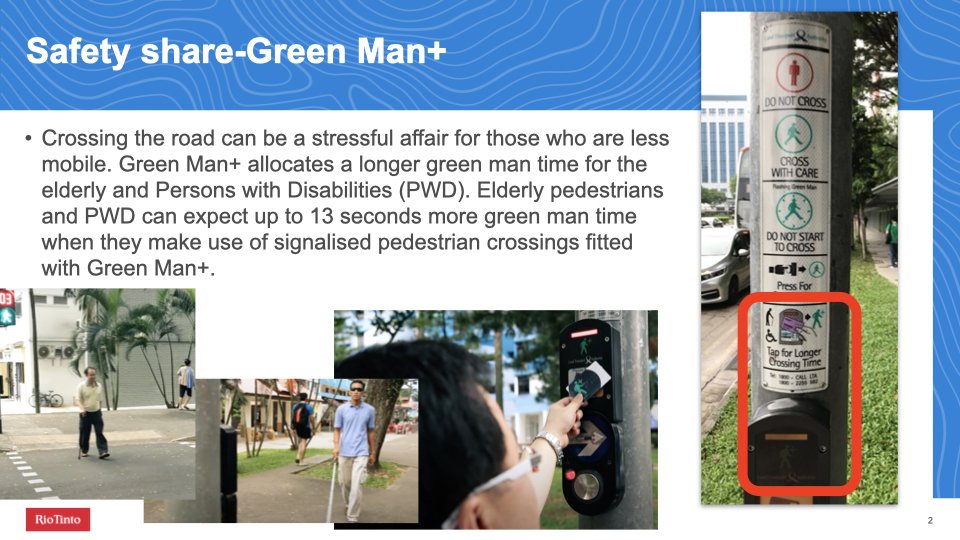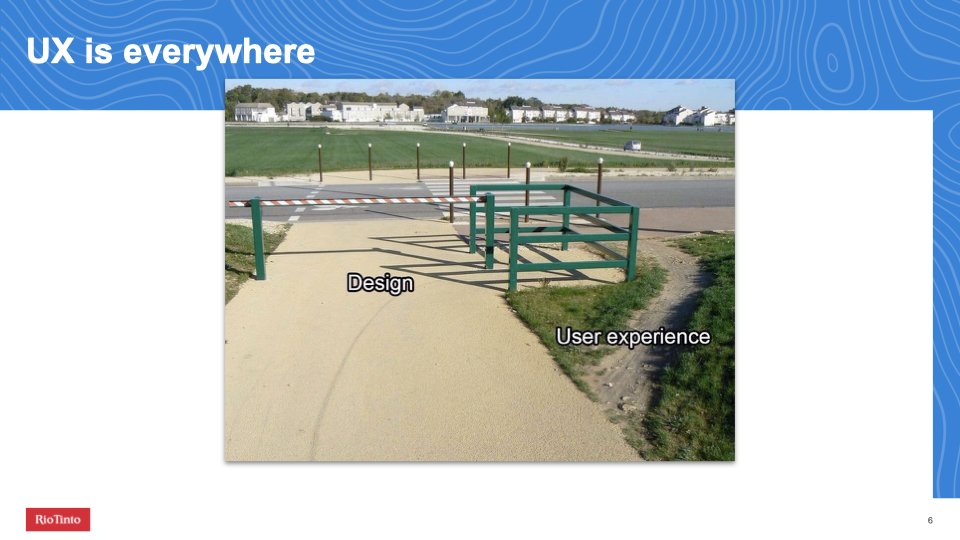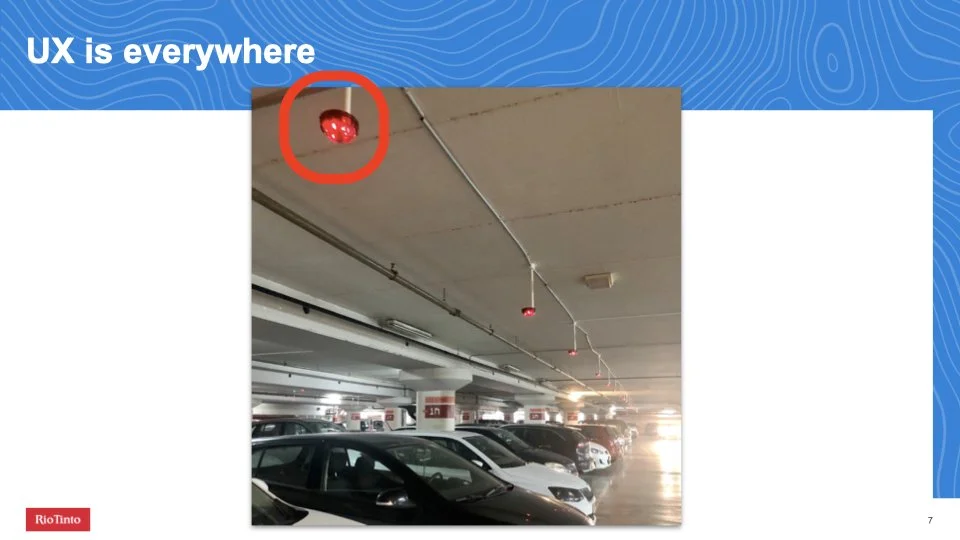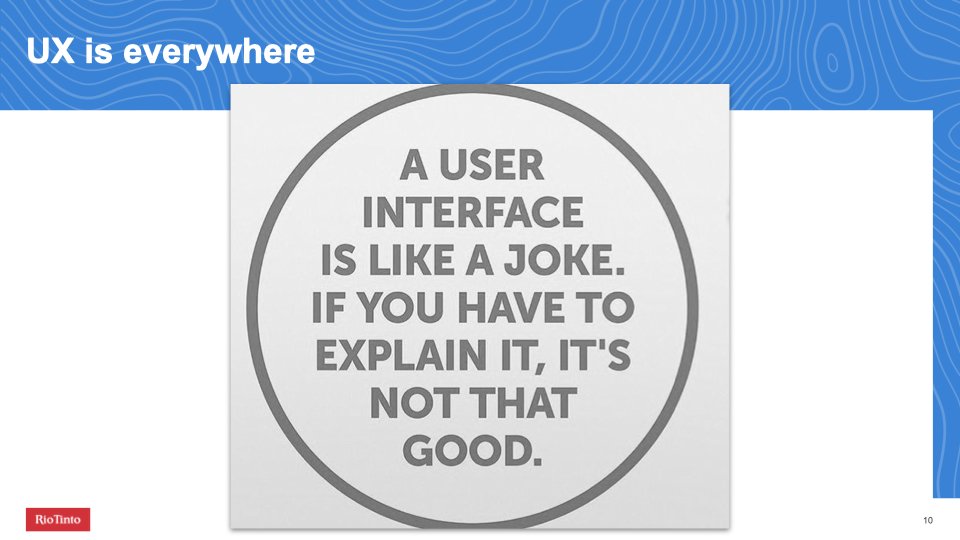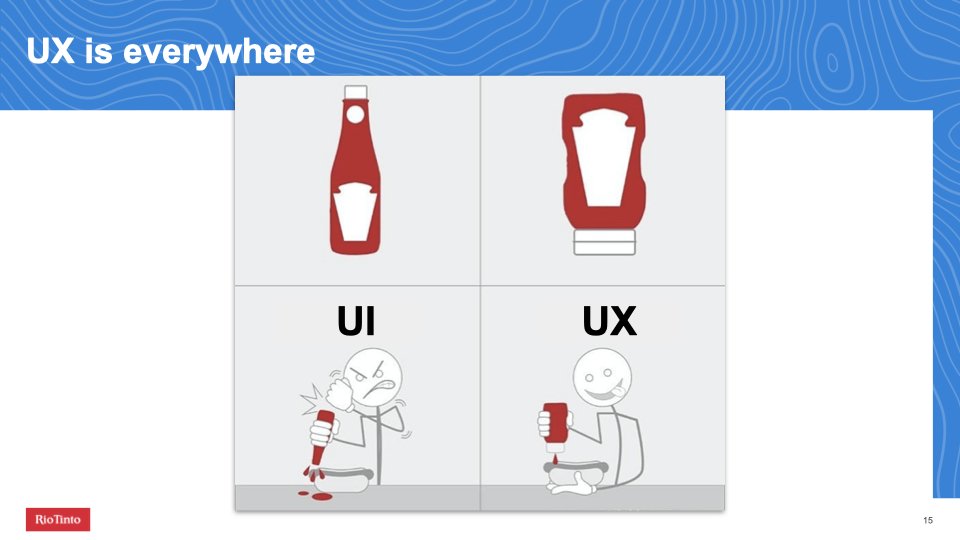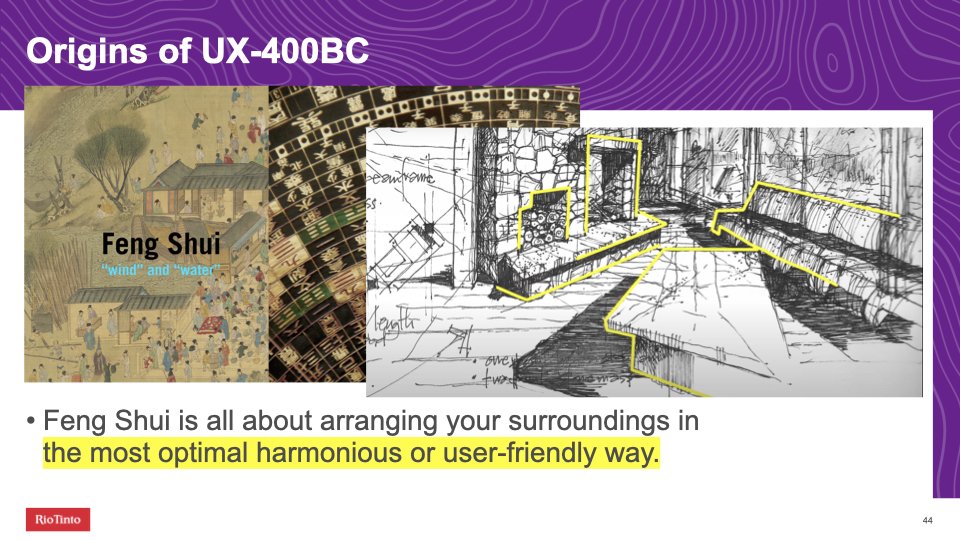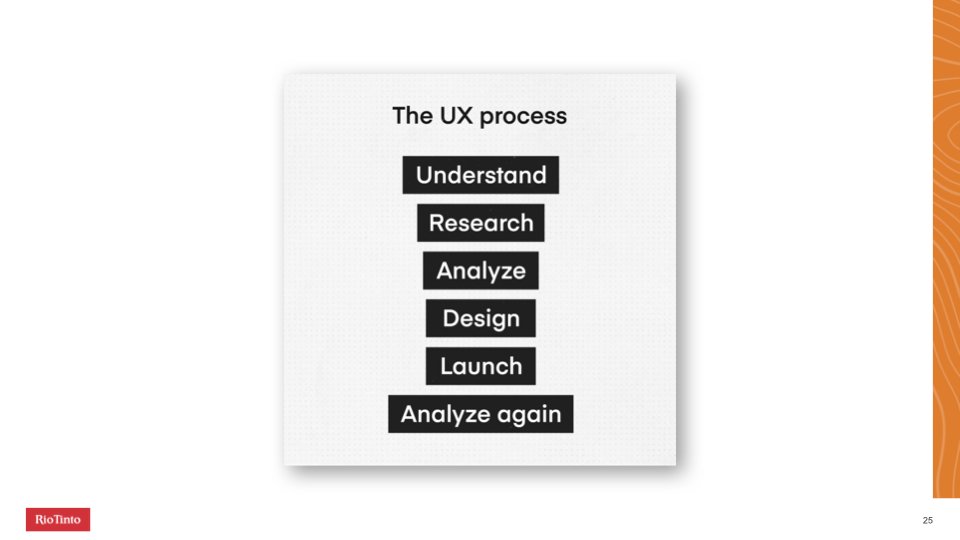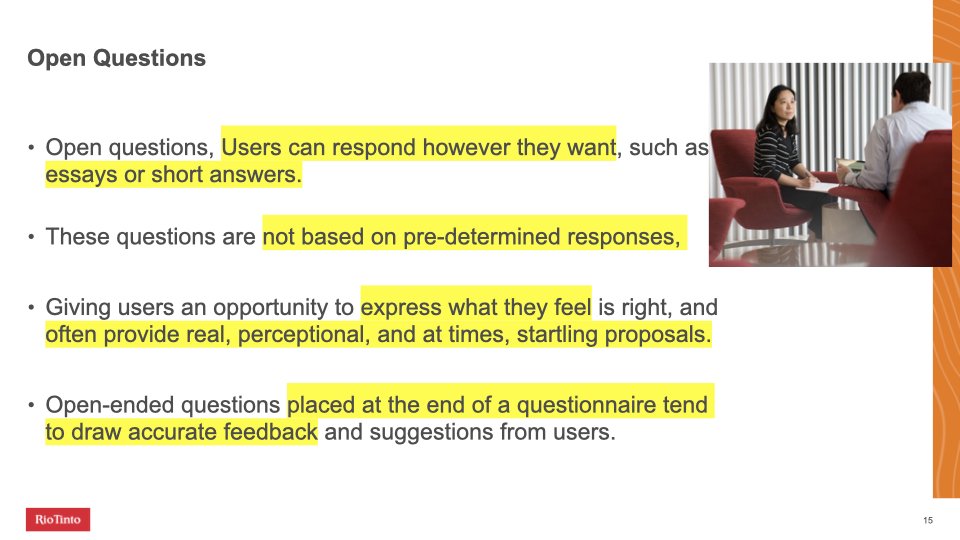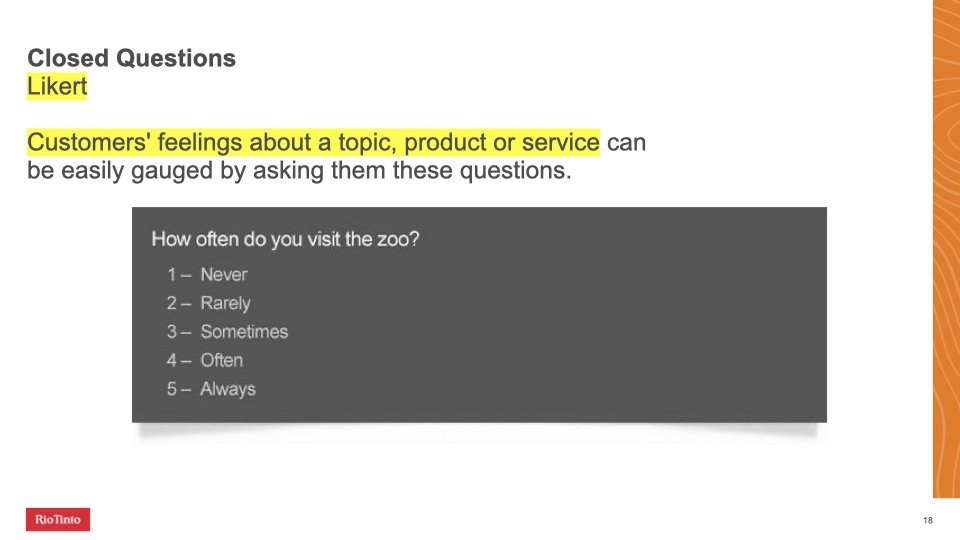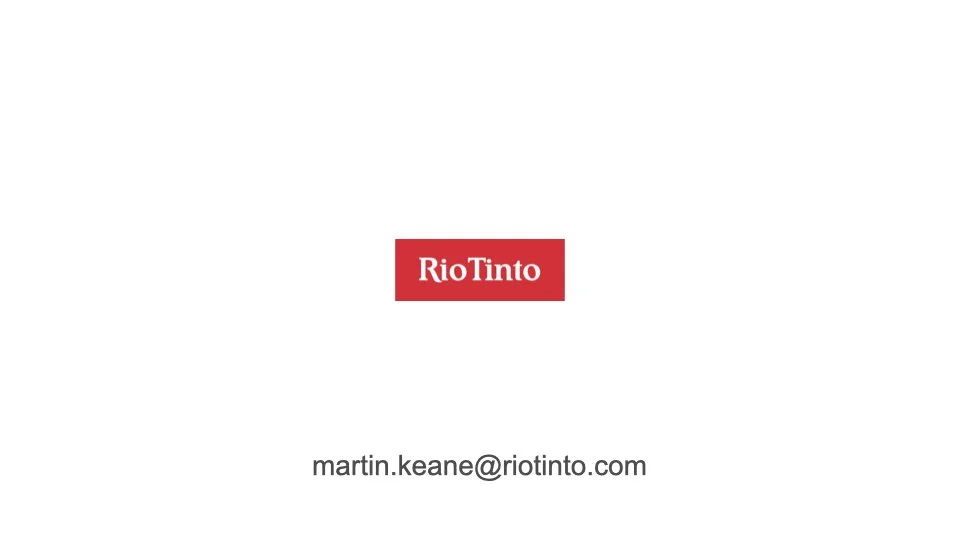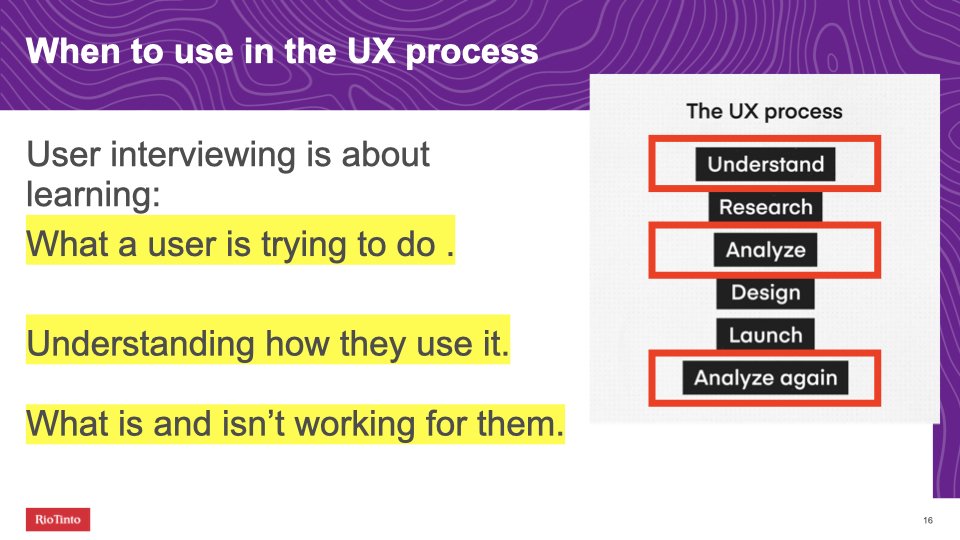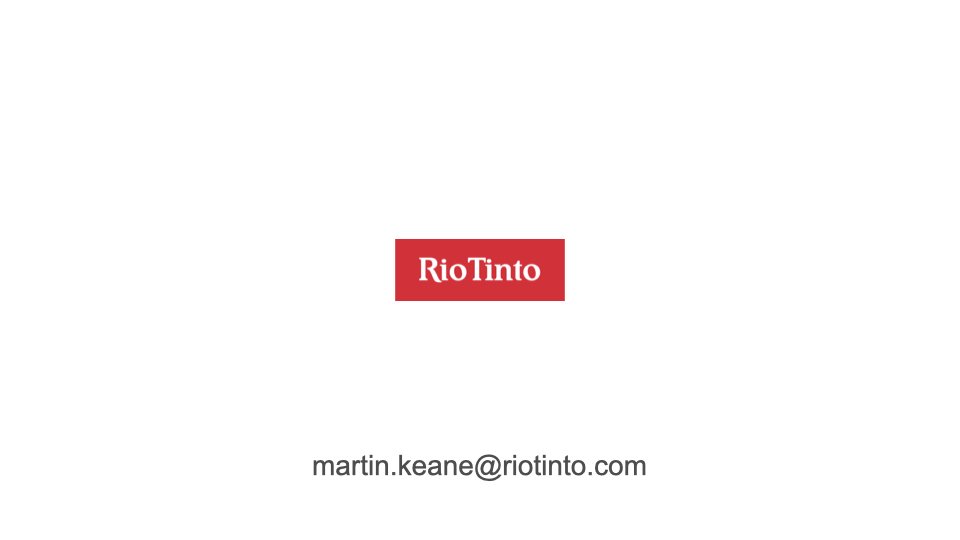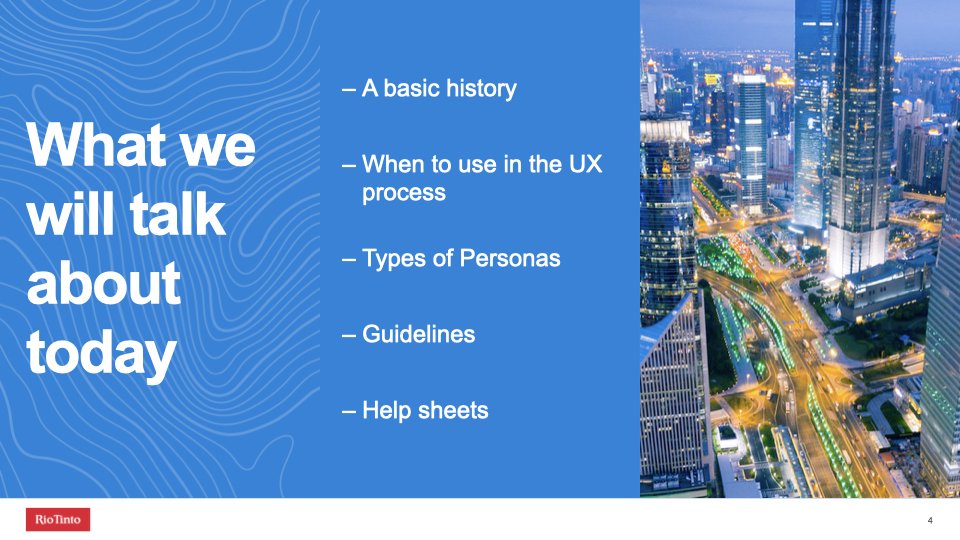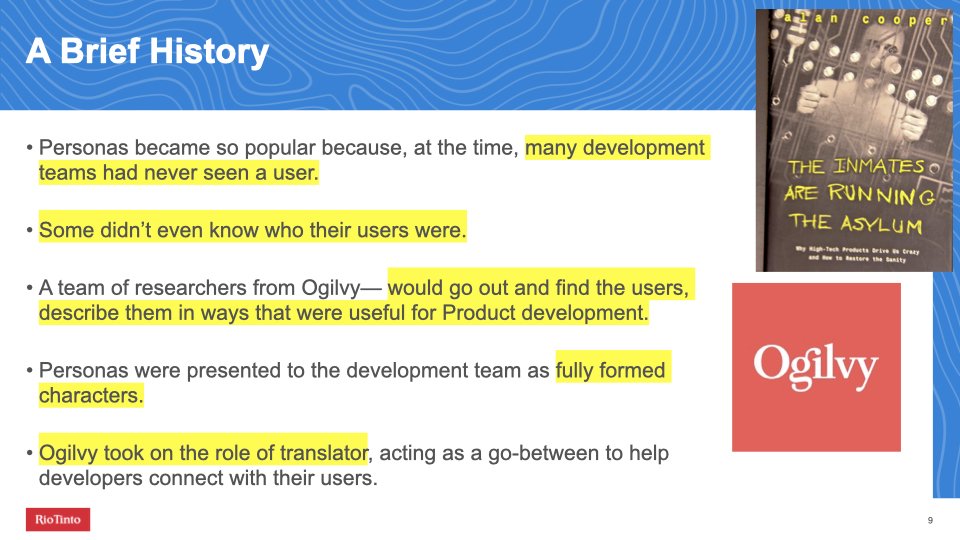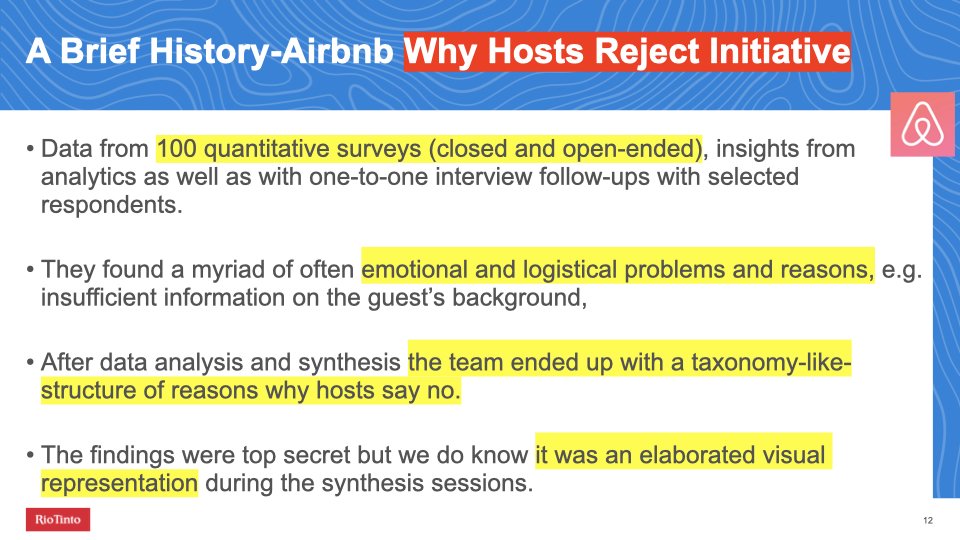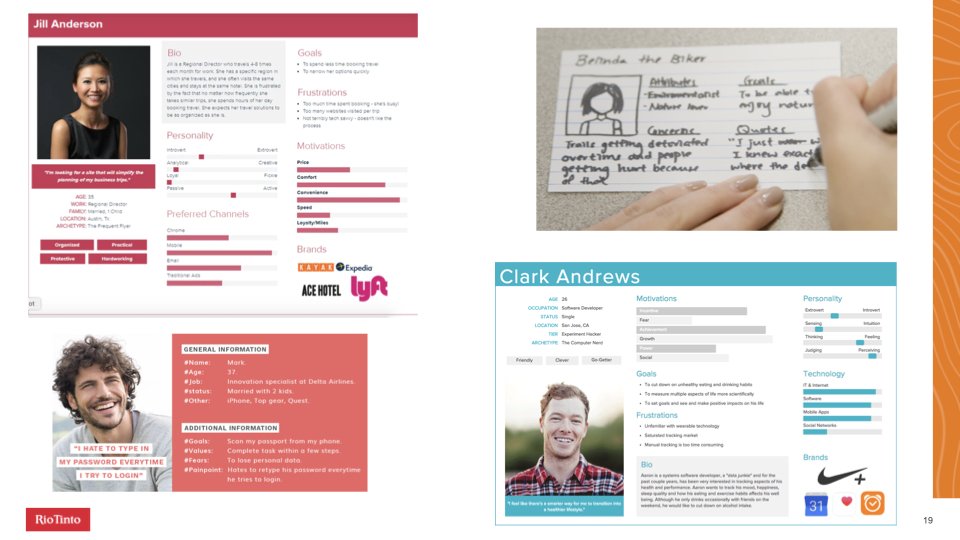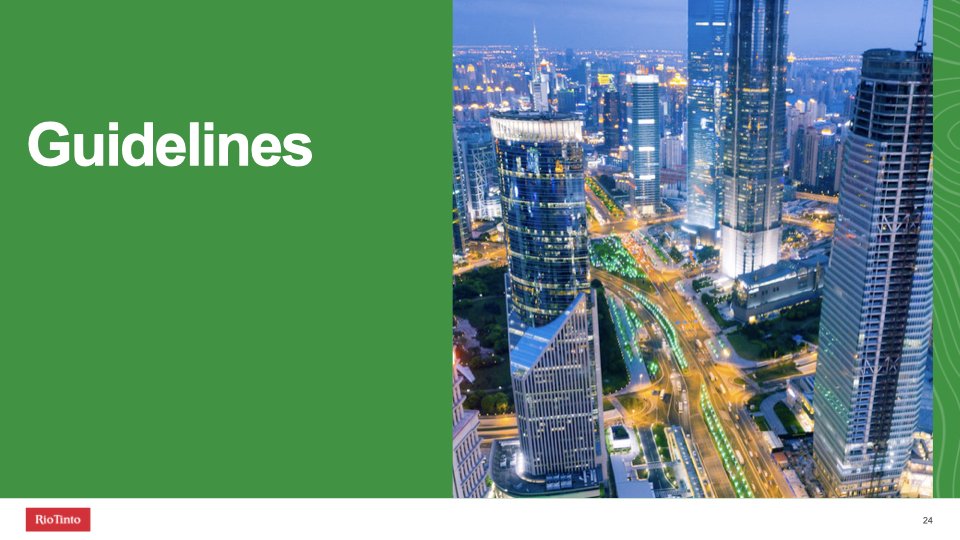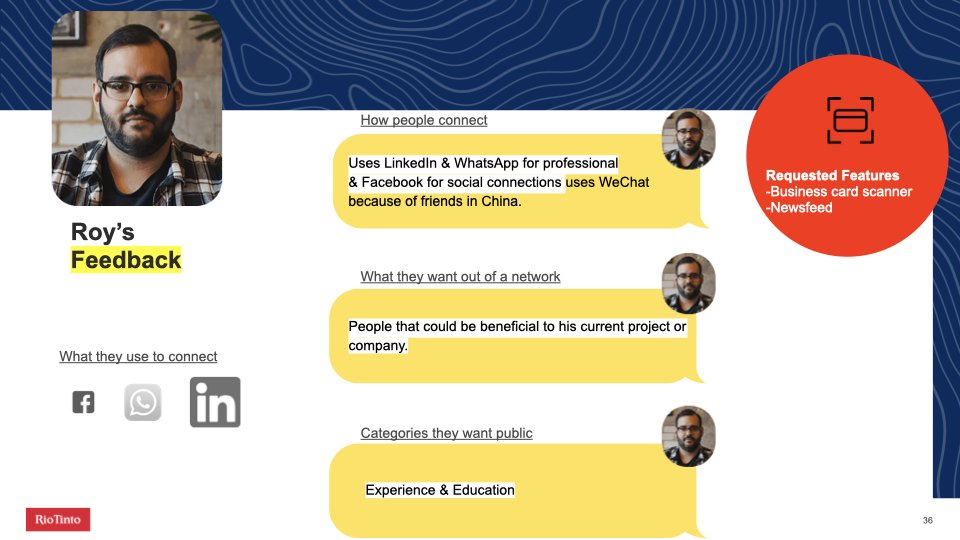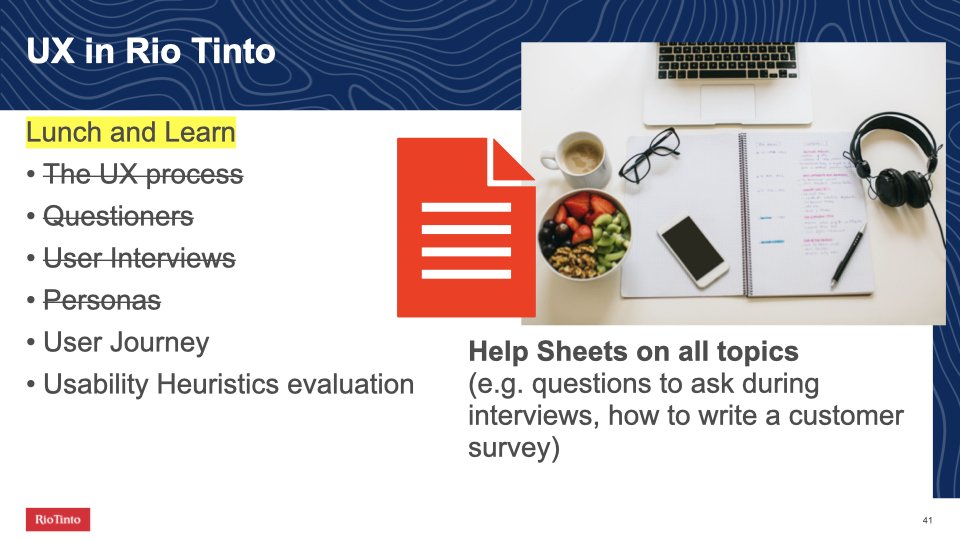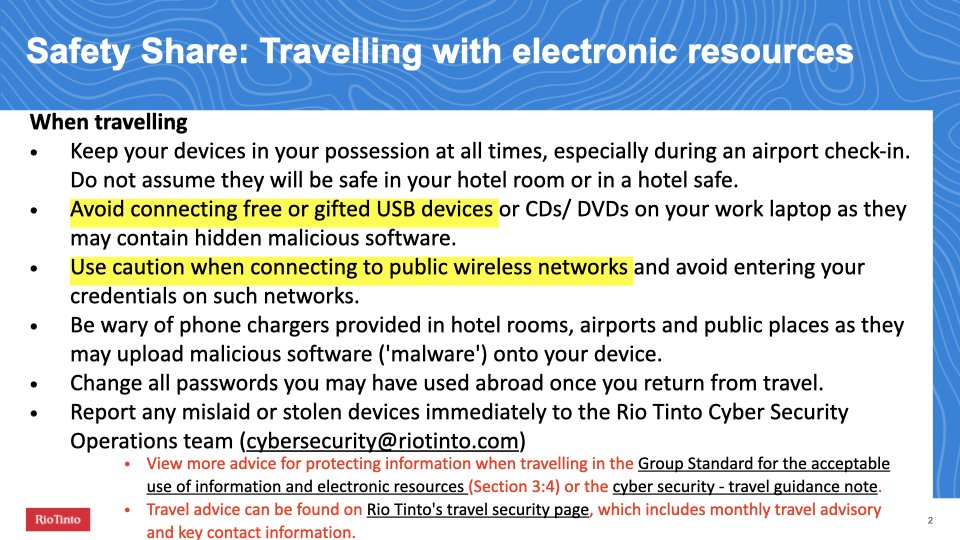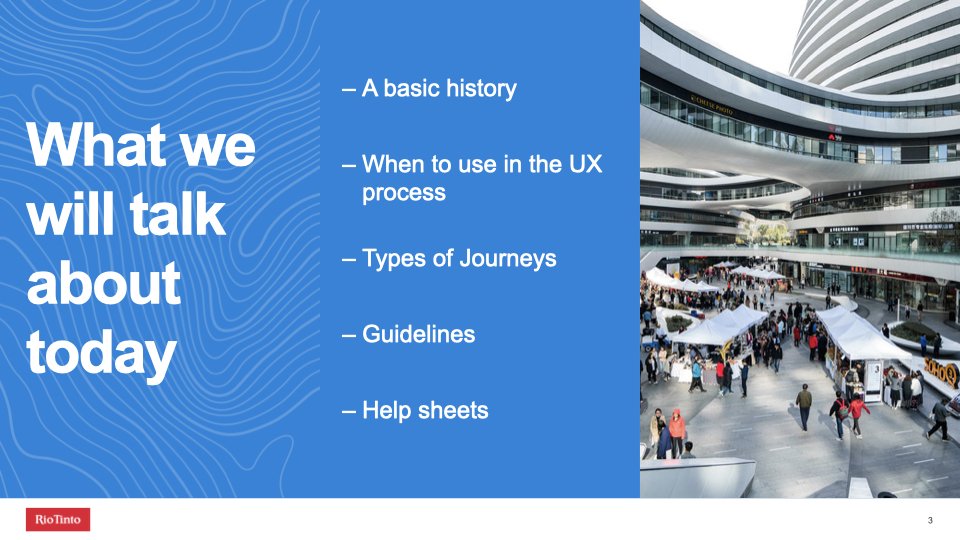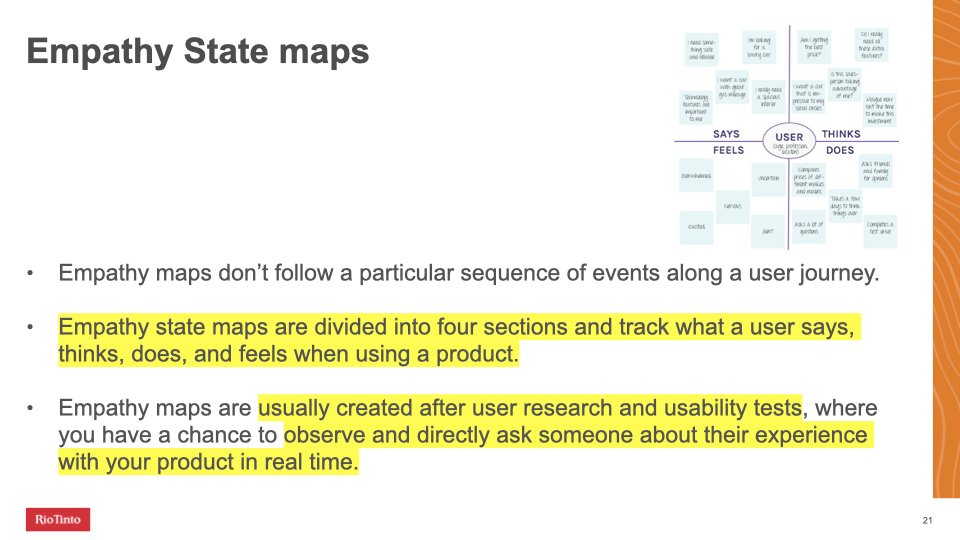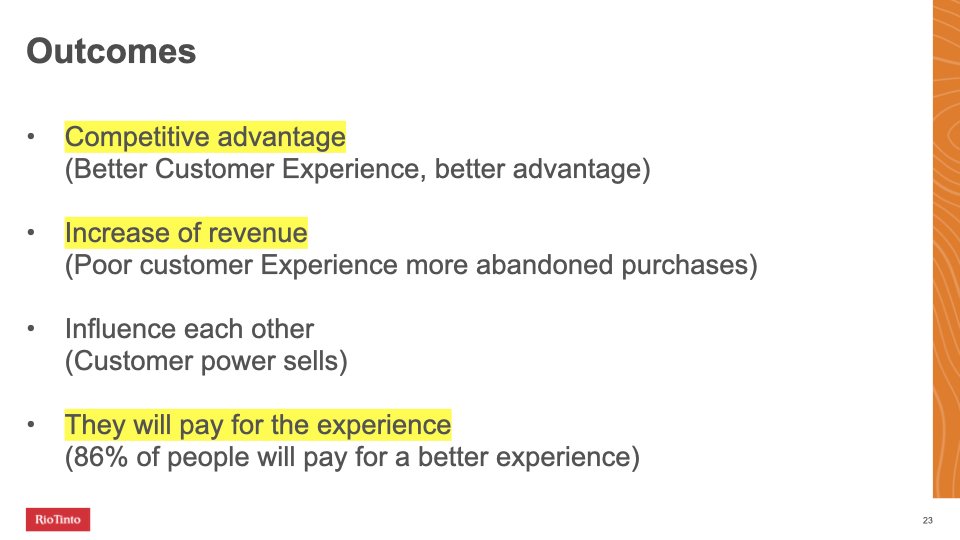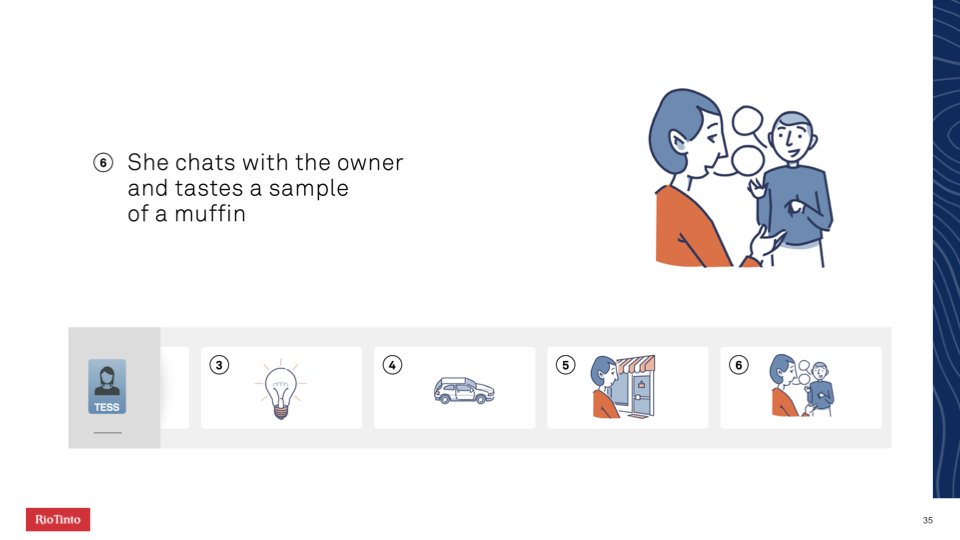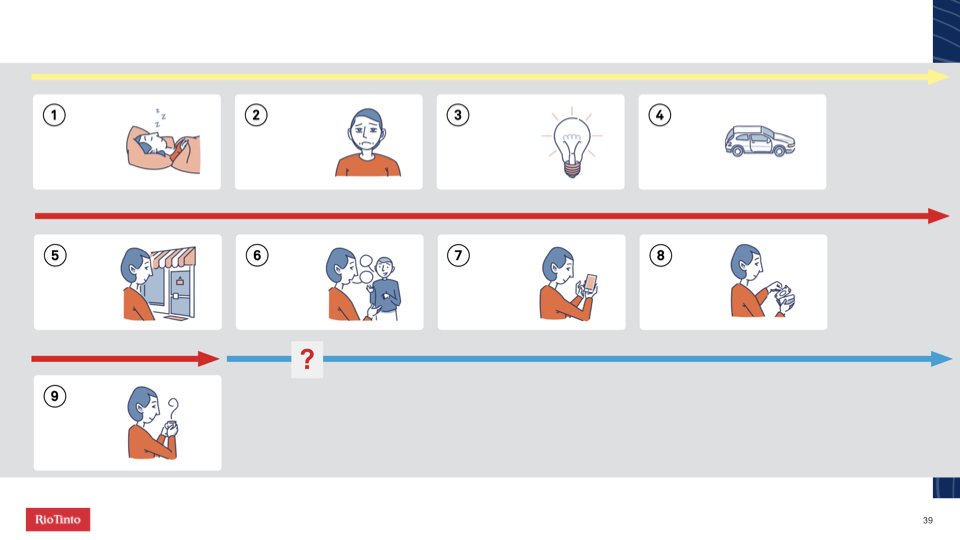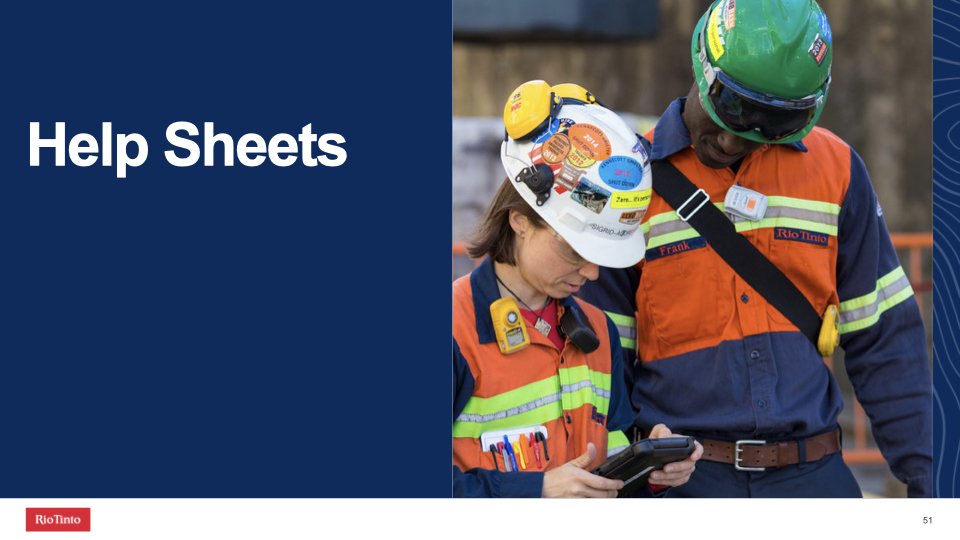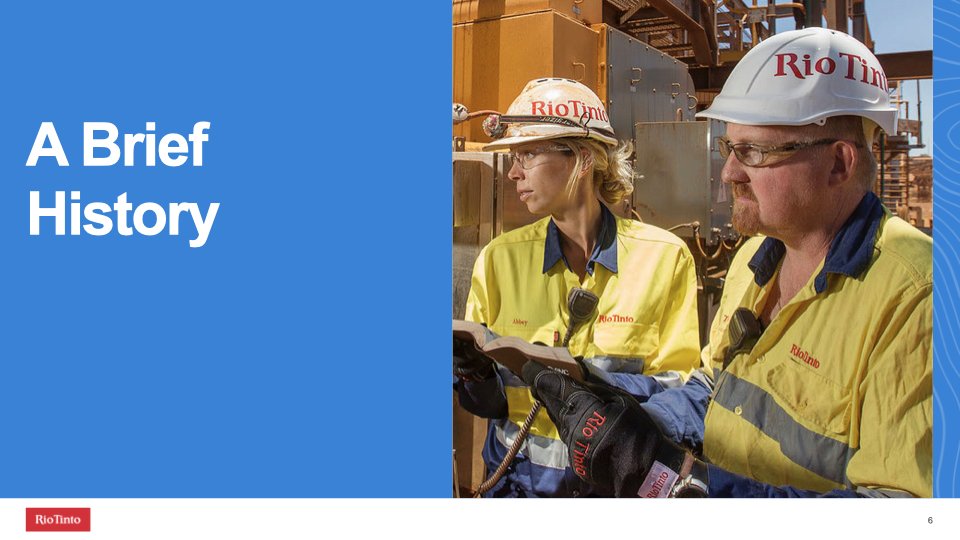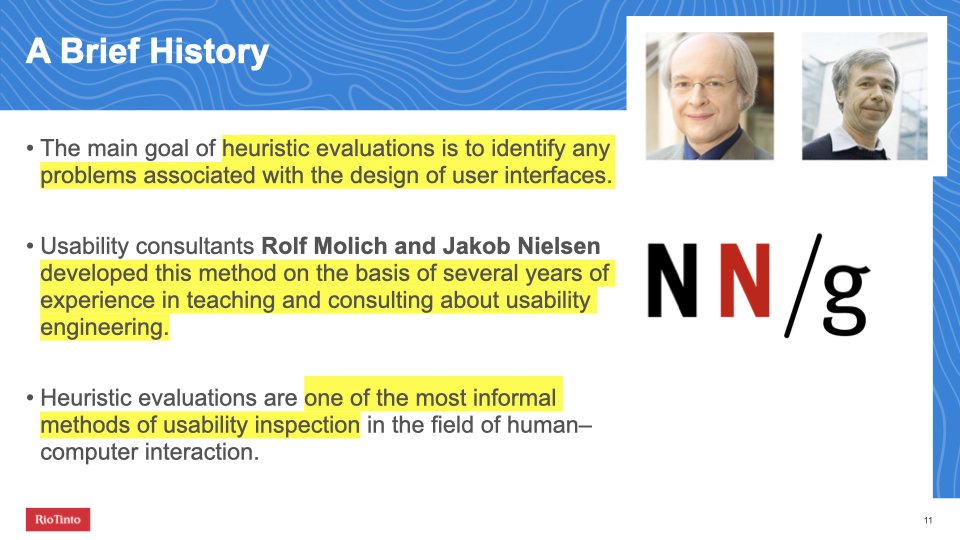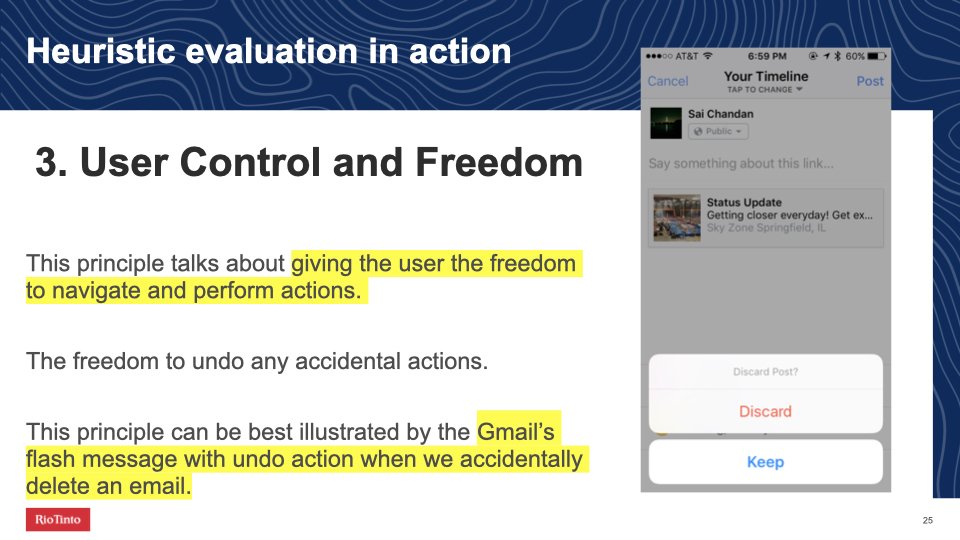Rio Tinto-UX Lunch & Learn Sessions
While working on multiple projects and consulting with various teams, I recognized the pressing need for substantial assistance in the UX field at Rio Tinto, particularly in the development of its internal products. The absence of a Design System and Governance Model resulted in teams being unaware of when and where to integrate UX in the product design cycle.
To address this gap, I initiated the creation of a series of instructional sessions aimed at equipping teams with a comprehensive understanding of UX and its application throughout the development process. These sessions were meticulously developed to align with learners' needs, drawing on the guiding principles of Behaviourism and Cognitivism to ensure maximum effectiveness.
Each Lesson would cover 5 topics:
A basic history
When to use it in the UX process
The different types of…
Guidelines
Examples
At the conclusion of each session, a one-page sheet would be distributed, providing a detailed breakdown of the fundamentals and processes covered, along with an example sheet of the session's artifacts. The intention behind sharing these examples and one-page sheets is to empower teams to experiment with creating UX artifacts. Should they require support or additional UX resources, they are encouraged to seek guidance from the UX Team.
Session 1: The UX process
During the inaugural session, I delved into four key areas, illustrating the omnipresence of UX through real-world instances of both successful and flawed applications. Moving swiftly, a historical overview of UX unfolded, spanning from ancient Greek ergonomics to the contemporary era of WYSIWYG and Mouse. Subsequently, the intricate UX process was dissected, with each facet meticulously explored, alongside a preview of forthcoming sessions and their relevance. Closing the session, participants were prompted to consider the existing Design Assets at their disposal, such as the Design System and Governance Model.
Session 2: Questionnaire
In the second session, we once again delved into the fundamental history of questionnaire’s and its application in the process. However, this time, greater emphasis was placed on distinguishing between the types of questions and determining when it is suitable to employ open or closed questions. Furthermore, we delved into the discussion about guidelines and the necessary steps to take before disseminating a questionnaire. To aid in the learning process, a Microsoft form was generated, featuring a standard array of question types that teams could conveniently modify, alongside accompanying worksheets.
Session 3: User Interviews
At the halfway point of the sessions, in addition to covering the four standard sections familiar to the learners at this point, there was an emphasis on delving into the history of “self” during the User Interview sections. Understanding human nature can greatly enhance the user interview process. This session delved into the concepts of “self” from the four temperament theory, illustrating its links to Phrenology and more contemporary perspectives such as those of Carl Jung. The session concluded with a more anthropological approach, exploring the works of Dr. Margaret Mead and Dr. Paul Ekman, and delving into the use of non-verbal and body language cues within the user interview process. The session ended with a breakdown of the Structured and Contextual Interview types, focusing on guidelines for do's and don'ts, note-taking methods, and how to identify non-verbal cues.
Session 4: Personas
At this juncture, the structure of the lessons had been garnering positive feedback, leading to an increased demand for UX services from various teams. Thus, in this session, my aim was to illustrate how a seemingly straightforward UX tool, such as a persona, played a pivotal role in enabling Design Agency Ogilvy to facilitate meaningful connections between developers and their users. Furthermore, I sought to delve into a compelling use case from AirBnB, showcasing the influence of personas in effectively addressing users' pain points.
Session 5: User Journeys
This session aimed to provide the learners with a brief respite. In the fast-paced world of business, the user journey is a familiar concept, but often from a non-UX perspective. Therefore, we challenged the learners' existing knowledge of this tool by introducing a fresh approach in the form of a service design blueprint. Journey maps and service design blueprints serve as essential visual alignment tools, enabling disparate teams to effectively communicate and comprehend how their individual contributions impact the overarching product vision.
Session 6: Heuristic evaluation
In this final section, the UX team regarded this as their ultimate selling tool, in addition to the four standard topics covered. The prevailing culture at Rio Tinto prioritized swift construction, only to encounter user issues later on. The goal of this session was for teams to recognize that problems could be promptly addressed through rapid analysis - leveraging heuristic analysis to swiftly identify and resolve common usability issues within the product. While the learners were given the tools and the way to conduct an analysis it was best advised that they reach out to the UX team to assist in conducting one.








